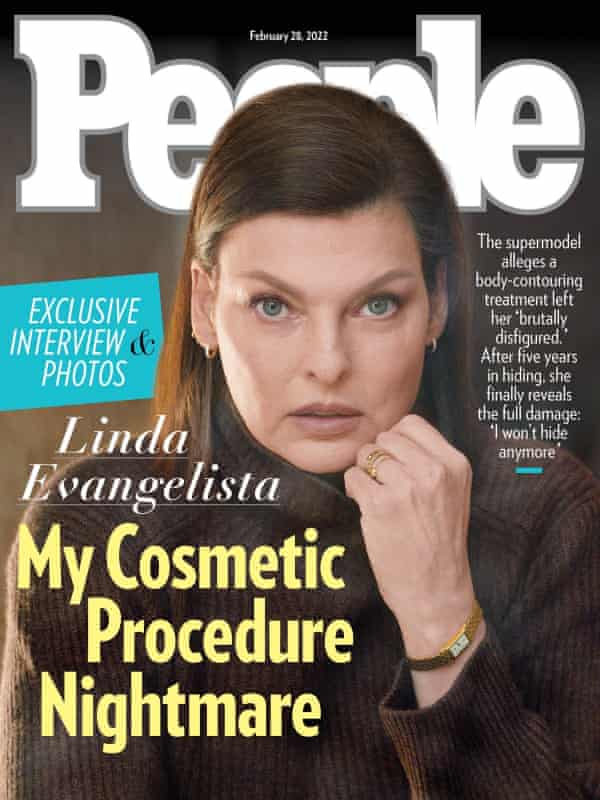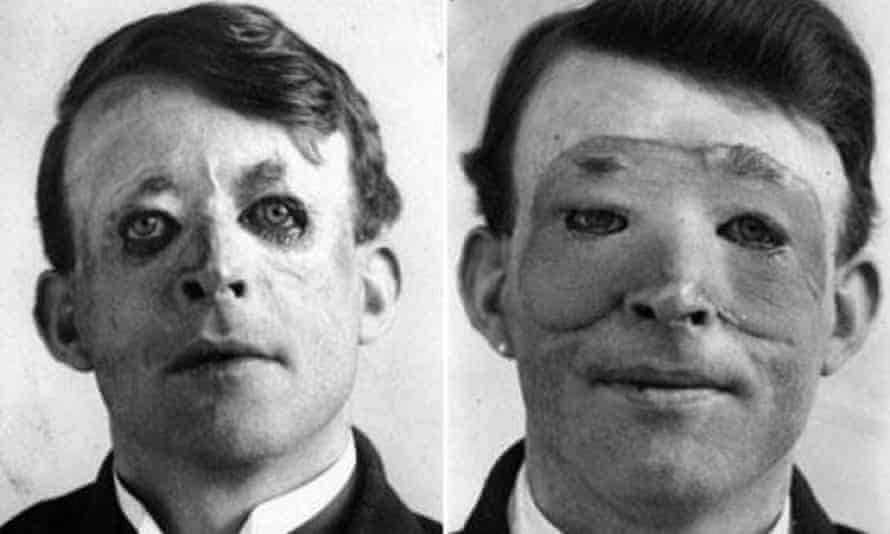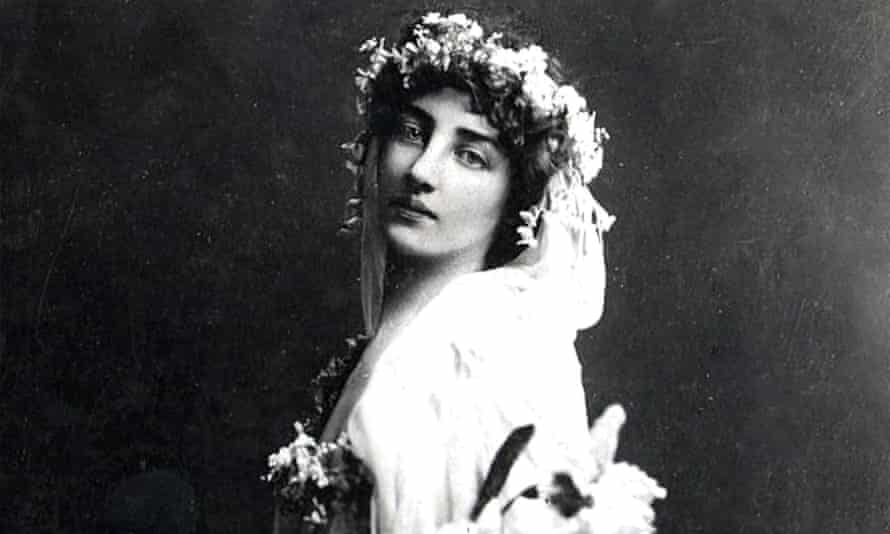Plastic surgery: why chasing physical perfection always ends in tears
I’m actually rather sorry for Linda Evangelista. Everybody wants to feel acceptable, after all, and she exists in a world where, despite all the modern declarations of diversity and body positivity, when the woman hits the catwalk she still has to be slim.
In her 50s, and gobsmackingly pretty, Evangelista chose to get a treatment called cryolipolysis, where body fat is frozen till it dies, and you poop it out. It went wrong, and though she doesn’t look particularly unusual to me, she – much because of the world she’s always lived in – feels brutally disfigured.
Cosmetic plastic surgery is generally taken to mean surgery to improve someone’s looks, as opposed to surgery to make them look acceptable – and that’s one massive grey area right there.
Trying to avoid the imperfections of nature and time is a risky business. This is not new. I’m reminded of Gladys (pronounced Glaydeez) Deacon, the second wife of the ninth Duke of Marlborough. Gladys looks fabulous in her 1901 portrait by Boldini, when she was 20. But two years later, she had paraffin wax injected into the top of her nose, to give her the classical straight Greek profile: no dent from forehead to bridge. But that went wrong, too: the wax melted, and dripped down inside her skin to sag in her jawline.

Not many years later, recalcitrant and desperate soldiers on the western front injected that same wax into their legs, hoping to induce the inflammation and ulcers of paraffinoma, which they prayed would get them sent home. Meanwhile, stories circulated that Gladys sat by a fire, massaging the wax back up.
In the Indian subcontinent 2,500 years ago, noses would be sliced off as punishment for theft or adultery: a very visible shame. The ancient Sushruta Samhita medical text, written in the 6th century BC, includes detailed instructions for nose reconstruction: take a triangular flap of skin from the forehead, leave it attached between the eyebrows so as to preserve the blood supply, twist it round and lay it over a feather quill or piece of twig. Stitch into position.
This technique travelled, and was useful when noses were lost to syphilis or duels (more visible shame). But then scarred foreheads were a problem, so a technique developed where the flap was taken from the forearm instead. It then had to be strapped to the head in a kind of straitjacket for as long as it took for the flap to attach and heal into the face.
During the first world war, the pioneering surgeon Sir Harold Gillies invented the long pedicle, whereby rather than bringing the wound site to the graft site, the graft would be brought to the wound, on a long piece of still-attached skin and some blood vessels. His stroke of genius was to let the skin roll up protectively round the blood vessels, and stitch it loosely into place: good hygiene for a longwinded process. As a result, his maxillofacial reconstruction ward at the Queen’s Hospital in Sidcup, Kent, was nicknamed Borneo – a reference to all the looping flesh-and-blood stem-like lianas. Gillies was an important character in one of my novels, and once, after a talk I gave, an old lady came up and told me how, as a small girl in the 1930s she had a drooping eyelid, and Gillies had fixed it – using a bit of kangaroo tendon. It was a most surreal moment.
His patients were healthy men who fell victim to trench warfare: head injuries were manifold, especially before the British Army started providing helmets in 1915. Survival itself was often a miracle, and looking acceptable was unlikely.

Cinemas provided a useful career for these men: a projectionist was safe in the dark. (Pedicles are still used. I was almost disappointed when my late husband’s, which went from his side to where his jaw used to be, rebuilding after cancer, turned out to be under his skin – though irritatingly it lay like a stray cable over his clavicle, rather than tucked neatly underneath.)
The definition in the US of “acceptable” was generally “not too ethnic”: safer to look like where you’ve come to, not where you’d come from. Previous waves of immigration had been Irish and German – so Irish and German was how you needed to look, to match those more settled and wealthy. By 1923, Fanny Brice, the famed vaudeville comedian with Yiddish-accented routines, wanted to be accepted as serious, not a self-described “cartoonist working in the flesh”. As the New York wit Dorothy Parker put it, “She cut off her nose to spite her race”.
The plastic surgeon who carried out the work had no medical degree and retouched the before and after pictures. Brice didn’t like the result, and it didn’t get her more serious gigs – though when she divorced six years later, her lawyer claimed her husband was so uncomfortable with his wife’s new beauty, he sought the company of less attractive women.

The lists of horror stories, and of modern stars unhappy with the results of having succumbed to the pressure to go under the knife, are as long as your arm. Surgery is frightening, uncomfortable and risky, yet many still oscillate between fear and vanity. The desire for permanent physical perfection and the terror of being unacceptable seem unabated.
This has brought extraordinary, ingenious, disgusting, miraculous surgical developments, but it continues to betray us. Poor Linda.
Louisa Young’s novel My Dear I Wanted To Tell you is published by Borough Press
Source: Plastic surgery: why chasing physical perfection always ends in tears